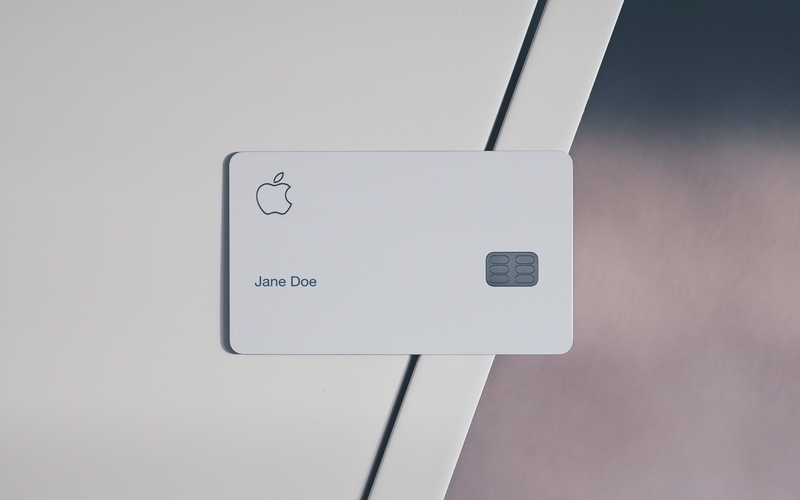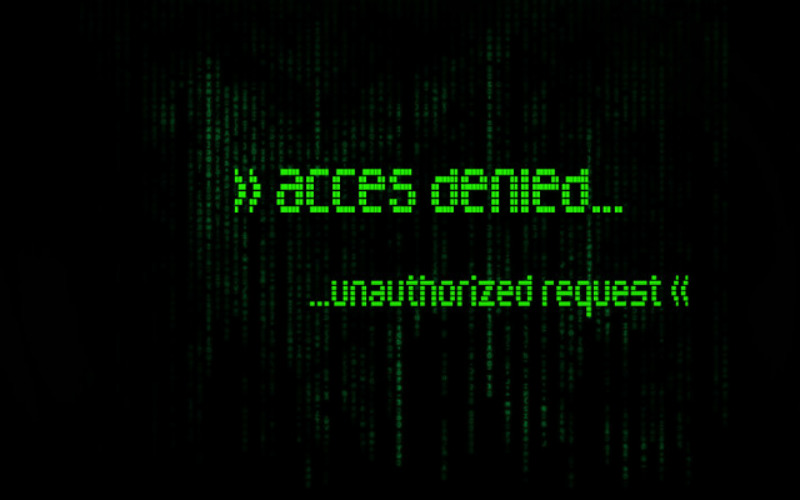The St Vincent de Paul Society is expecting an uptick in Australians seeking payment plans from energy providers.
The organisation’s manager of policy and research Gavin Dufty says cost pressures are being driven on multiple fronts.
“You have people, particularly families, already facing post-Christmas and back-to-school costs,” Mr Dufty told Savings.com.au.
“The kids have been home on holidays and energy consumption goes up, particularly in the warmer states, and then there’s the rising price of electricity, set in 2023, continuing to flow through to the domestic market.
“The bills at this time of year will hit hard, so not only do we expect to see the number of people seeking payment plans increase, we expect how deep people are in to be greater as well.”
St Vincent de Paul Society has been tracking energy markets in six Australian states and territories over the long term and Mr Dufty sees no cost relief in sight in 2024.
Energy price rises continue
The latest annual report from the Australian Energy Regulator (AER), released in November 2023, showed domestic electricity charges increased up to 28% in some markets between June 2022 to June 2023.
Nationally, the average Australian household electricity bill has seen jumps of more than 20% in the past two years.
“Don’t forget, electricity charges went up again in July last year so many people will be experiencing that shock now,” Mr Dufty said.
The proportion of residential customers with energy debt grew to 2.9% in the year to June 2023, according to the report, up from 2.5% the previous year.
The proportion of customers accessing energy payment plans has also risen.
It was at 1.5% for the quarter ended September 2023, up from 1.4% over the previous quarter; in the year to June 2023, the figure was just over 1%.
Figure climbs despite government relief
The numbers continue to rise despite some five million households receiving federal government assistance with electricity costs.
The federal government’s Energy Bill Relief Fund provides up to $500 towards energy costs to eligible Australians.
It is generally available to people on Centrelink payments, including low-income households, seniors, and families.
Several state and territory governments are also providing additional rebates and concessions.
Without such relief, Mr Dufty said there’s no doubt the numbers accessing hardship payment schemes would have been much higher.
But he says government assistance only provides some relief for a short period of time. He describes rising electricity costs as a “long burn” issue.
“It’s not a structural solution to a structural problem,” he said.
The regulator’s advice on domestic energy cost savings
The AER urges customers to shop around and seek help early if they need it.
“We recognise that now is a difficult time as Australians face multiple cost-of-living pressures and that many will need continued support,” AER chair Clare Savage said.
“We strongly advise consumers to regularly compare available offers, consider switching if they can find a better offer, and contact their retailer immediately if they are struggling with their energy bill.”
As part of the AER’s Better Bills guideline for energy retailers, consumers should see a ‘better offer’ message at least once every 100 days on the front of their energy bills.
What to do if you can’t pay your energy bill
It pays to contact the energy provider as soon as possible.
If it the first time a customer has had trouble paying a bill, or the payment difficulty is temporary, the company can grant an extension, usually a week or two.
If the payment problem is longer term, the company’s hardship team can provide support based on individual circumstances.
Under national regulations, energy retailers are obliged to help customers experiencing payment difficulties and must make an effort to assist customers before taking any further action.
Photo by pressfoto on Freepik



 Denise Raward
Denise Raward

 Harry O'Sullivan
Harry O'Sullivan
 William Jolly
William Jolly
 Emma Duffy
Emma Duffy

